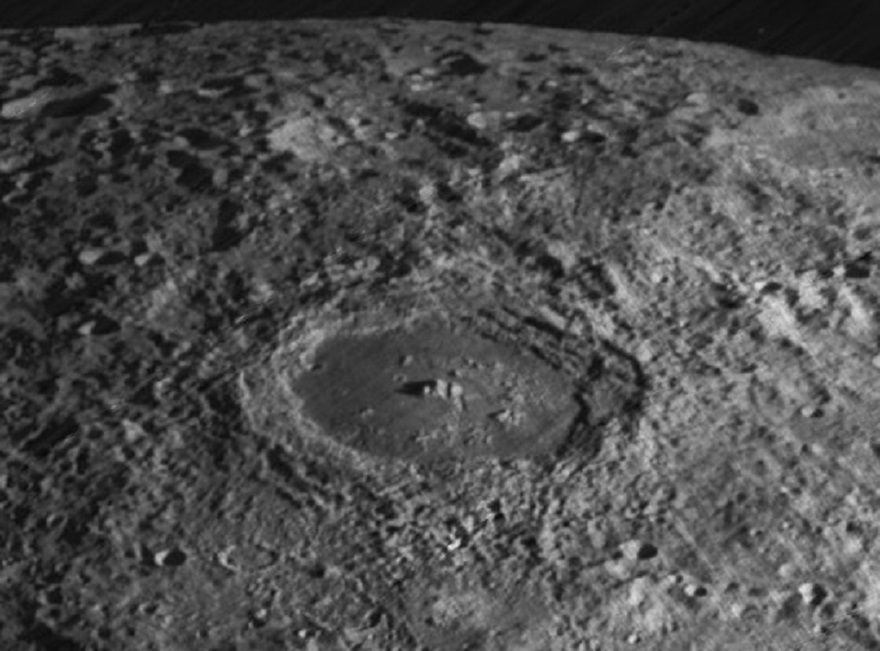A batholith was found on the Moon — a giant structure made of granite with a diameter of 50 km. On Earth, these are found where volcanoes once were. It proved that 3.5 billion years ago there was liquid lava on our moon.

Granite on the Moon
Scientists report that they have found a giant spot of granite on the Moon, with a diameter of up to 50 km. It is located near the Compton-Belkovich craters in the area of the north pole of our moon.
Scientists have learned that this is granite thanks to a microwave study of the Moon’s surface. The researchers have found that a large rock mass in the Compton-Belkovich area is noticeably warmer than what surrounds it. On the Moon, this can only be explained by the radioactive decay that occurs in granite.
Traces of a giant eruption
On Earth, such formations are quite common. They are called batholiths and mark the places where lava pours out onto the surface of the planet and solidifies without significant explosions. So this area on the Moon is an ancient volcano or a group of them, and they were active 3.5 billion years ago.
“Any big body of granite that we find on Earth used to feed a big bunch of volcanoes, much like a large system is feeding the Cascade volcanoes in the Pacific Northwest today,” says Matthew Siegler, who led the team of researchers. “Batholiths are much bigger than the volcanoes they feed on the surface. For example, the Sierra Nevada mountains are a batholith, left from a volcanic chain in the western United States that existed long ago.”
But one thing remains unclear. On Earth, batholiths are located where there is water and the joints of lithospheric plates. However, there is neither the first nor the second on the Moon. Scientists do not yet understand how granites are formed there.
However, the news that there were active volcanoes on the Moon 3.5 billion years ago can mean a lot. After all, this celestial body has been considered dead for a very long time, although sometimes scientists receive evidence of its later geological activity.
According to phys.org
Follow us on Twitter to get the most interesting space news in time
https://twitter.com/ust_magazine

